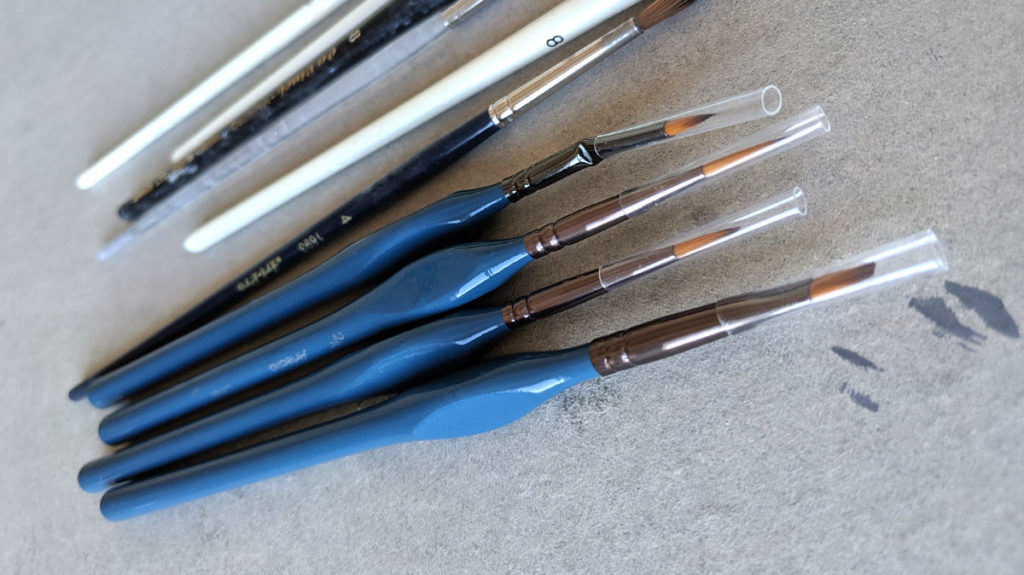Illustration Blog
Synthetic Brushes for Watercolor Painting
Which synthetic brushes should I use for watercolor? And why should I drop the Kolinsky brushes? After seeing a viral video about Raphael brushes, I questioned the materials and it turns out, they’re absolutely not ethically sourced. Brushes are an important part of the illustration business, especially in watercolor and illustration. So, let’s dive into the hows and whys, and even which synthetic brushes you can move to for your next watercolor paintings. Because who likes to paint with blood ? I don’t.
Synthetic Brush or “Natural” Brush ?
Brushes have been on my mind a lot lately. I am neither vegan nor vegetarian (I’m working on that though) but I try and read the labels. I did have a blind spot when it came to the brushes I use, though, and hadn’t thought about what sable, kolinski and other funny brush names meant. As it turns out, they are all wild animals. Squirrels and weasels or minks (not martens). Needless to say, that these animals are not released after a friendly sample of a few hairs is quickly snipped off their tails. They are usually trapped and killed, then their fur is removed, part of which is used for our brushes. Ironic, then, to paint with squirrel fur when you will avoid a fur collar on your winter coat at all costs.
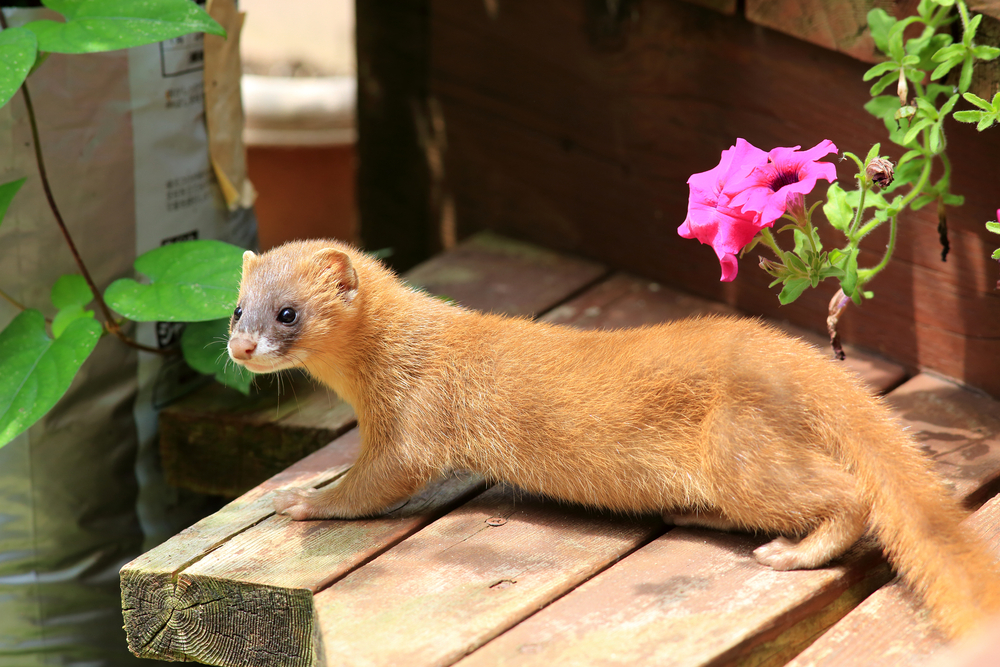
What is a Kolinsky sable brush?
One of the worst material is the “Kolinsky Sable”” The thing is : it is really difficult to find accurate and reliable information on the origin of this “product”. No manufacturer’s site mentions the animal, how it’s trapped or killed. They mention quality, purity, color retention but animal wellbeing is completely absent.
I managed to gather a few information about how the brushes are made. Male minks, often but not only from the species Mustela sibirica, are killed at a particular time of year when their tail is bushier. They’re trapped in the wild and often die from the trap or are killed by the hunter. This mink is native to Siberia and China. It is difficult to nearly impossible to breed and therefore is hunted for fur. Its skin is used to make coats and the tail hairs of the males will be sold to make brushes. Due to the listing of the animal on the CITES list – which means they should be protected -, in 2013, the price of the fur has increased significantly, having a direct impact on the brushes prices. Other mink and sable species are used to make brushes or various products. You’ll also find squirrels, pony, horse hairs, the latest are often by products of slaughterhouses. But then again, it’s hard to find information – for obvious reasons.
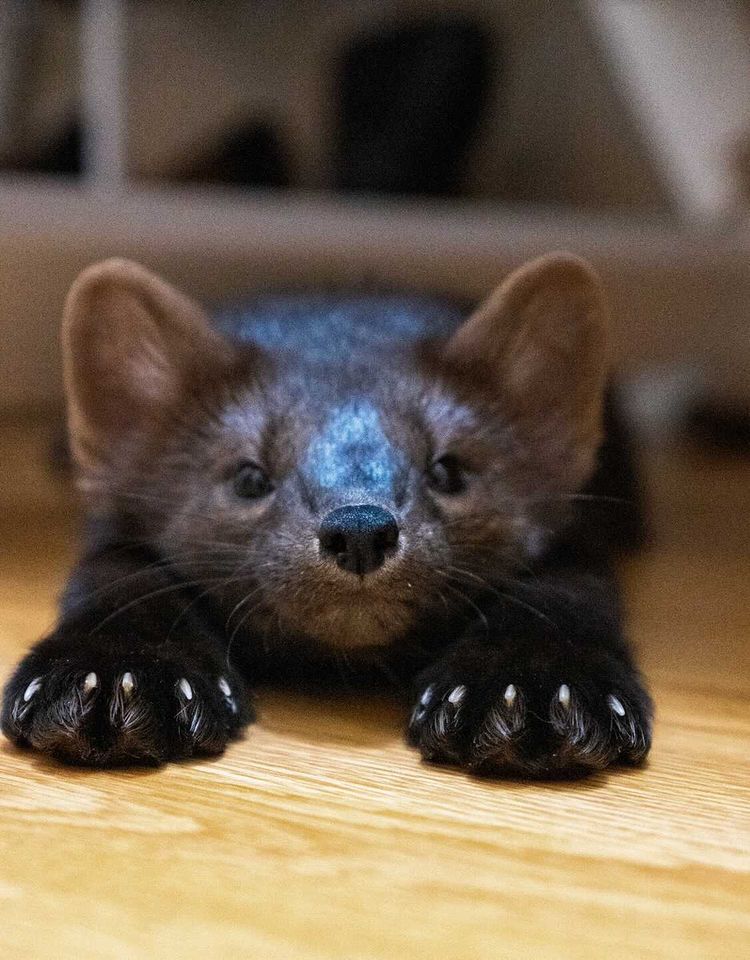
If you’d like to see what a sable is like, I found this Instagram account of a rescued sable that was saved from slaughter. Please watch a few videos and remember that they’re probably the worst pet ever. They’re adorable but they’re made for the wilderness ^^
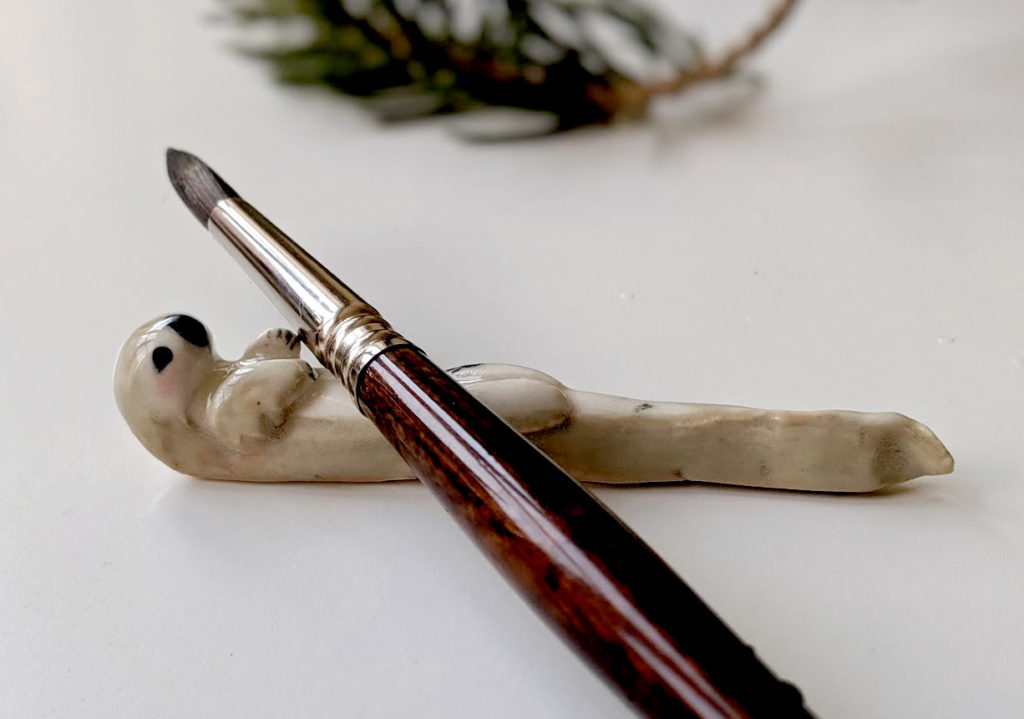
From animal to synthetic brushes
I’ve had a few “natural” brushes for years and I will not be throwing them out because it would just be an even bigger waste. By the way, if you did not think about ethically sourced brushes before, there’s no shame. Now you know though.
As an artists who works mostly on animal related subjects, this is very important to me. So, from now on, I heartily promote synthetic brushes and will only buy them. There are really a lot of nice products out there and here are some I’ve tried. I’ve put “natural” between quotation marks because it’s a pretty word for an ugly thing, so animal brush would be a more accurate wording here.
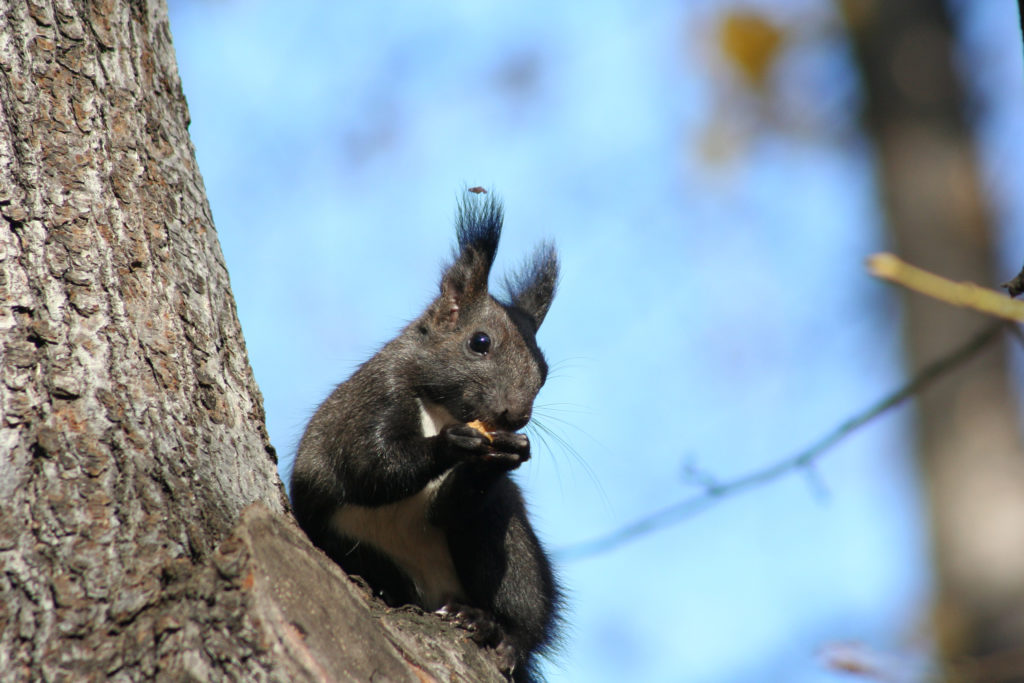
Update : This article was written in French in the beginning of 2020 and the brushes are still in a perfect shape for the Versatil and the Windsor and Newton. The cheapest no name brands have not had the same success but it was kind of expected.
The best synthetic brush for watercolor?
I’ve bought a few synthetic brushes to test with watercolors and I have found two interesting brands so far. Please note, both also offer animal hair, be careful when buying from them. Windsor & Newton with the University Series in white, a classic good quality synthetic brush, white brush tip helps with the cleaning.

To me, the best synthetic brush for watercolor actually outperforms a few animal hair brushes. The Escoda Versatil, 1540 series is in a good price range (8-15 euros each) and very pleasant to use for the watercolor and washes. The wooden handle is very smooth and lovely to hold, it has a sleek shiny finish. It’s really sturdy, precise and the brush tip is still perfect even after 18 months of use. I am not particularly careful with my materials so it gives you an idea of the brush quality. They are made in Spain and distributed in the US by Speedball, if you want to avoid GAFAs and rely on smaller businesses.
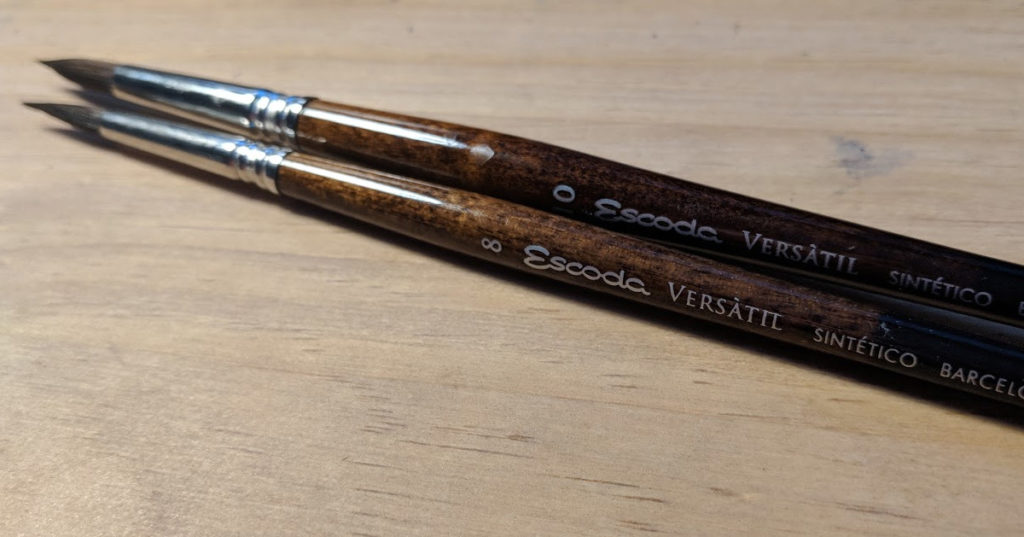
I now use these synthetic brushes for ceramics as well. Actually, animal hair brushes are much more fragile and have a hard time on ceramic animal sculptures. If you’d like to know more about pottery tools, there’s another article to dive into right here.
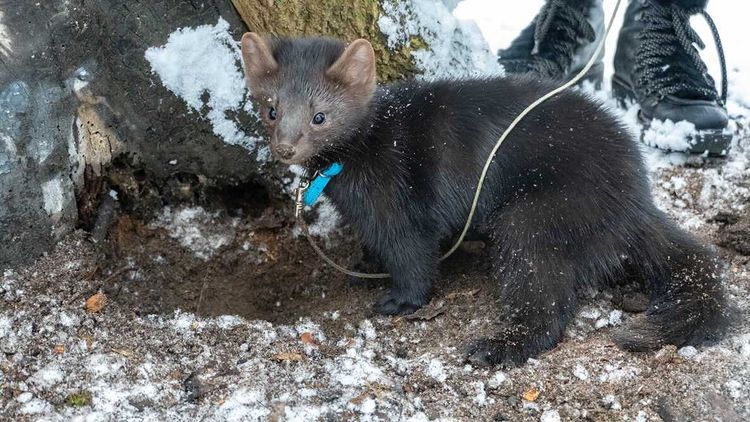
This blog post is not sponsored in any way, I bought the brushes for myself. I’d like to thank Buddy the Sable instagram account owner for enlightening me with a few important details and differences between sable and mink species.

